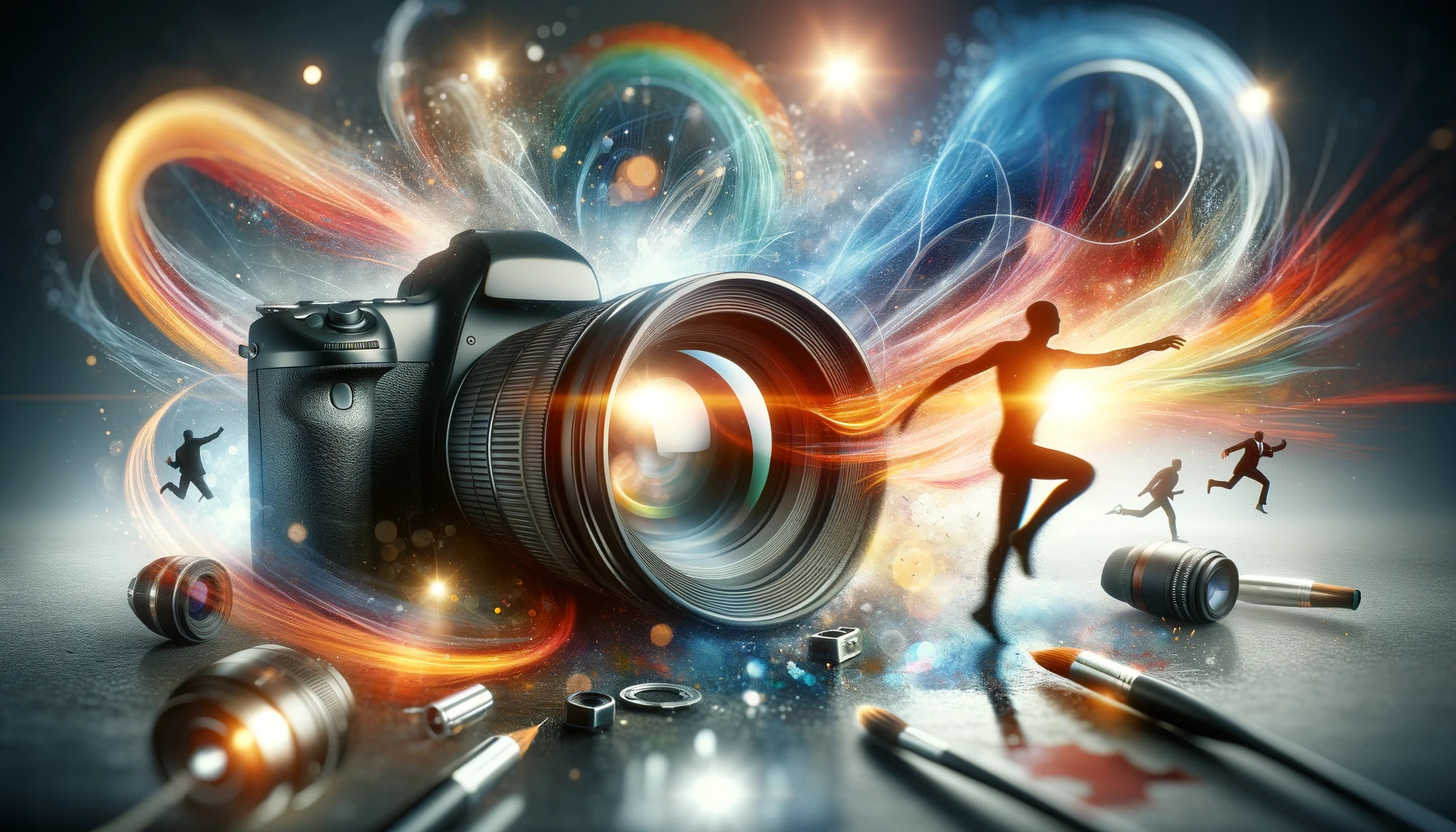Explore the fundamentals of DSLR photography with our guide on mastering aperture, shutter speed, and exposure. Learn how these core concepts influence photo brightness, depth of field, and motion capture to enhance your photography skills
Table of Contents
Introduction
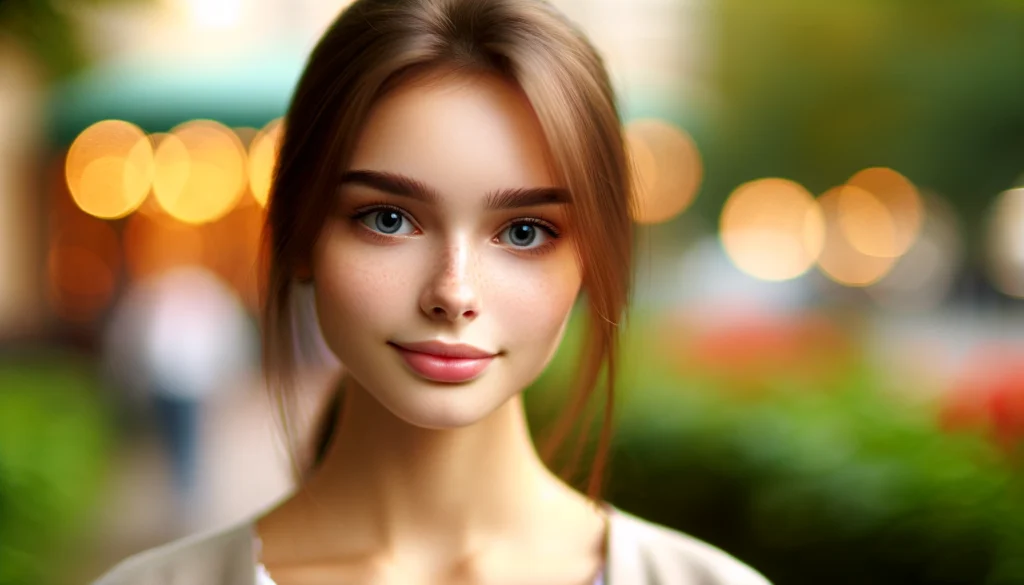
DSLR Photography is both an art and a science, requiring not just a creative eye but also a deep understanding of the technical aspects that make a great photograph. Among these, three fundamental concepts stand out as the pillars of photography: Aperture Value (Av), Time Value (Tv or Shutter Speed), and Exposure. Mastering these will unlock a world of possibilities for both amateur and professional photographers alike. This blog post will delve into each of these concepts, breaking down their complexities into understandable segments, and offer insights on how to use them to enhance your photography skills.
The Magic of Aperture Value (Av) In DSLR Photography
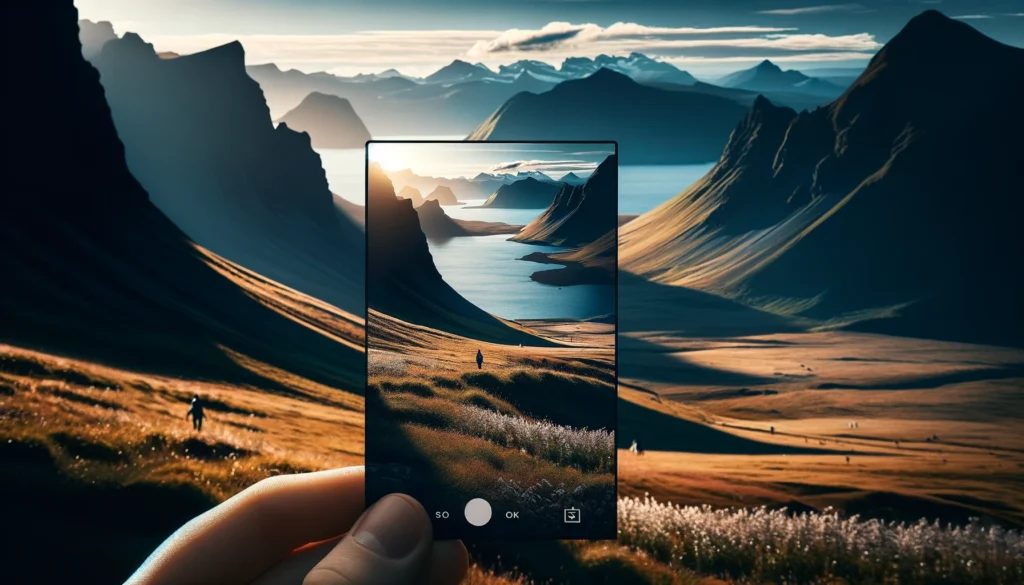
Aperture refers to the opening in your camera lens through which light passes to enter the camera body. The size of this opening is controlled by the aperture value or f-stop. Understanding the aperture is crucial because it directly affects the amount of light that hits your camera sensor, influencing the brightness of your photos and the depth of field.
Larger Aperture (Lower f-number, e.g., f/2.8) – Allows more light to pass through, ideal for low-light conditions. It creates a shallow depth of field, making the subject stand out while blurring the background. This setting is perfect for portrait DSLR photography.
Smaller Aperture (Higher f-number, e.g., f/22) – Reduces the amount of light entering the lens, beneficial for bright conditions. It increases the depth of field, keeping both the foreground and background in sharp focus, which is great for landscape DSLR photography.
Timing with Time Value (Shutter Speed) In DSLR Photography
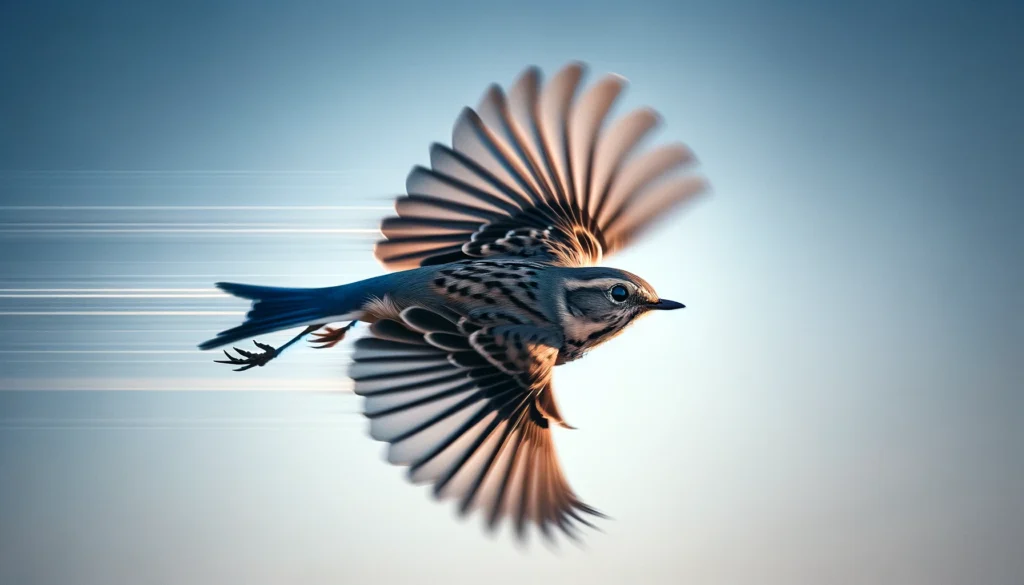
Shutter speed is the duration for which the camera shutter is open, allowing light to impact the sensor. It’s a critical setting for managing motion blur and exposure.
Slow Shutter Speed (e.g., 1/6, 1/8) – The longer exposure allows more light to enter, suitable for creating motion blur effects in moving water or capturing light trails at night. It requires a steady hand or a tripod to avoid unintentional blur.
Fast Shutter Speed (e.g., 1/500, 1/1500) – Freezes motion, capturing fast-moving subjects like sports actions or wildlife with clarity and detail. It’s essential for crisp, clear action shots but requires good lighting.
Balancing Act of Exposure
Exposure is the overall brightness or darkness of a photo, determined by the combination of aperture, shutter speed, and ISO settings. Achieving the correct exposure means balancing these settings to capture images that closely resemble how scenes appear to the human eye.
Overexposed – The image is too bright, losing detail in the highlights.
Underexposed – The image is too dark, losing detail in the shadows.
Correctly Exposed – The image accurately represents the scene’s brightness and colors.
Putting It All Together
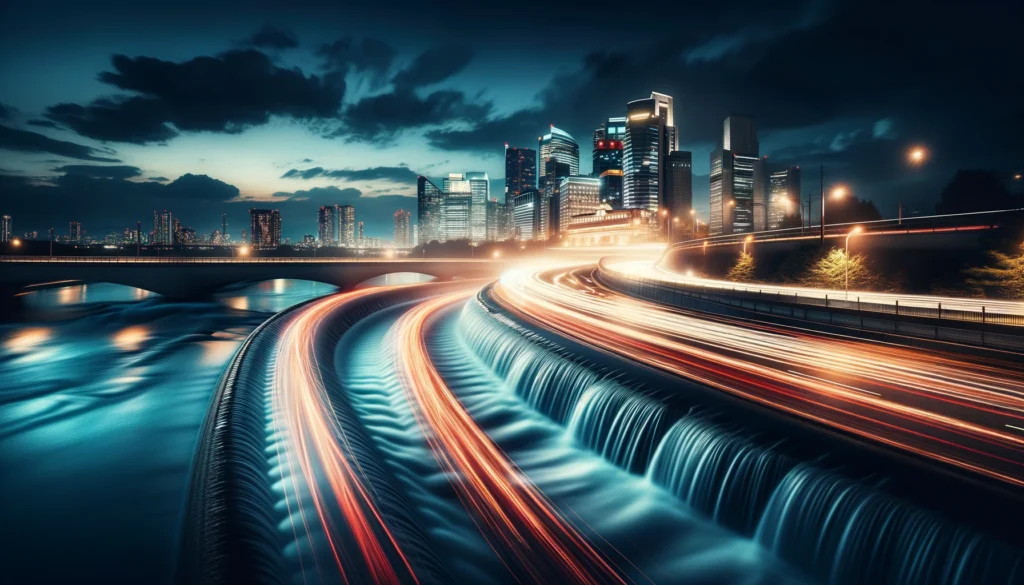
Understanding and manipulating aperture, shutter speed, and exposure allows photographers to creatively control the look and feel of their images. Here are some tips for getting started:
Experiment – Practice with different settings to see how they affect your images.
Learn to Read Your Camera’s Meter – Use your camera’s metering modes to gauge exposure levels and adjust your settings accordingly.
Use Aperture Priority or Shutter Priority Modes – These semi-automatic modes allow you to focus on one setting while the camera adjusts the others to maintain proper exposure.
Conclusion
The interplay between aperture, shutter speed, and exposure is foundational to DSLR photography. By mastering these elements, photographers can not only ensure their images are well-exposed but also unleash their creative potential, crafting shots with intention and artistic flair. Whether you’re capturing the delicate blur of a waterfall or freezing a moment of action, understanding these concepts is your first step towards taking control of your photography journey.
FAQ’s
What is Aperture and How Does it Affect My Photos?
Aperture refers to the opening in your camera lens through which light enters. It is measured in f-stops (e.g., f/2.8, f/22). A lower f-stop number means a larger aperture, allowing more light to enter, which is ideal for low-light conditions and creates a shallow depth of field, blurring the background. A higher f-stop number indicates a smaller aperture, less light entering, and a deeper depth of field, keeping both foreground and background in focus. Aperture affects the brightness of your photos and the depth of field, influencing how much of your image appears sharp
What is Shutter Speed and When Should I Adjust It?
Shutter speed represents the duration your camera’s shutter remains open to expose the sensor to light. It’s measured in seconds or fractions of a second (e.g., 1/500 or 1″). Fast shutter speeds (e.g., 1/1000) freeze motion, making them perfect for action shots where you want to capture a moment crisply. Slow shutter speeds (e.g., 1/2) allow more light in and can create motion blur, ideal for artistic effects such as smoothing water or capturing light trails. Adjust the shutter speed based on the lighting conditions and the creative effect you desire.
How Do I Achieve the Correct Exposure in My Photographs?
Correct exposure is a balance between aperture, shutter speed, and ISO settings that allows you to capture images with the right level of brightness, mimicking what the human eye perceives. To achieve this –
1. Use your camera’s light meter to gauge the scene’s brightness.
2. Adjust the aperture for depth of field and amount of light.
3. Set the shutter speed to freeze or blur motion as desired.
4. Fine-tune ISO to compensate for low light without introducing too much noise. 5. Experimenting with these settings in different combinations will help you understand how they affect exposure and allow you to achieve the desired outcome.
What is ISO and How Does it Interact with Aperture and Shutter Speed?
ISO measures your camera sensor’s sensitivity to light. A lower ISO (e.g., 100) means less sensitivity, which is suitable for brightly lit conditions but requires slower shutter speeds or larger apertures to achieve correct exposure. A higher ISO (e.g., 3200) increases sensitivity, allowing for faster shutter speeds or smaller apertures in low light conditions but can introduce grain or “noise” into the image. ISO, together with aperture and shutter speed, forms the exposure triangle, providing a framework for balancing the light captured in your photos. Adjusting one element often requires compensating adjustments in the others to maintain the desired exposure level.
To Read More Articles About DSLR Photography, Click Here.

